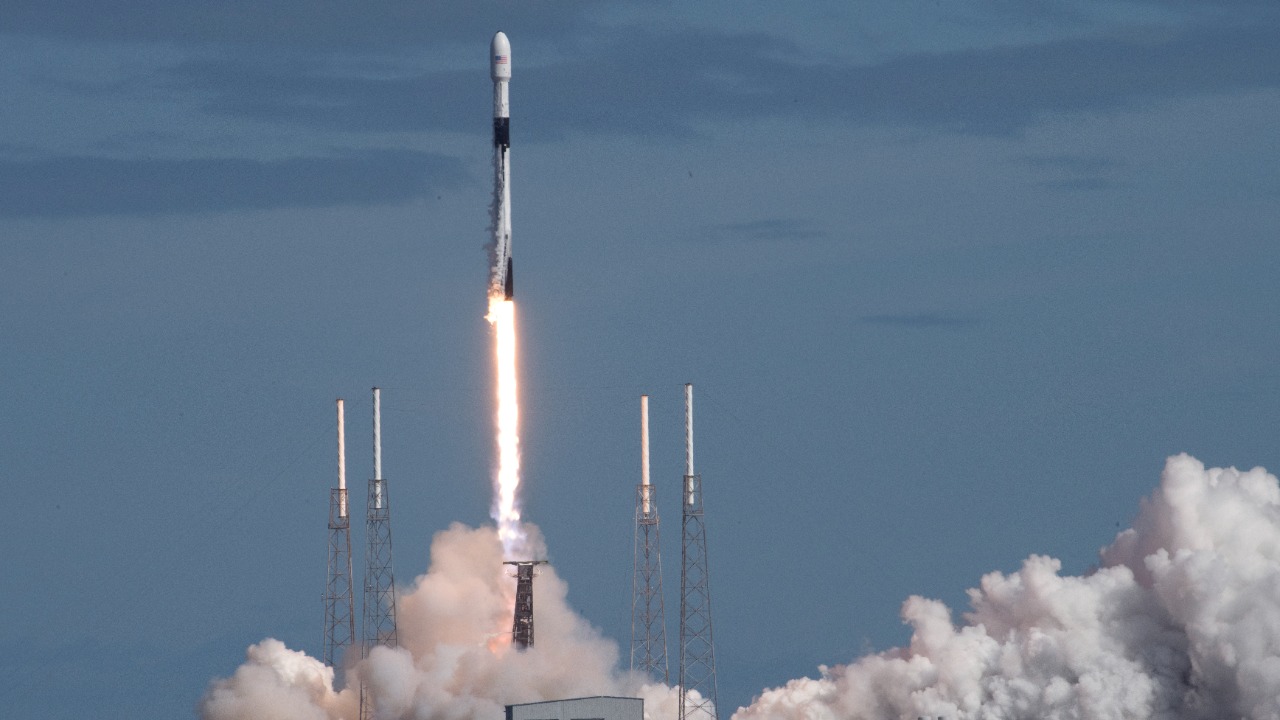
SpaceX’s military counterpart to Starlink, known as the Space Force’s Secret 480-Satellite MILNET, is rapidly expanding and encroaching on civilian satellite operations as of October 2025. This development is part of a broader trend where the boundary between civilian and military enterprise in space is becoming increasingly blurred, raising concerns about control and interference in orbital domains. Starlink’s Military Twin is positioned to revolutionize military communications while challenging existing civilian satellite governance.
The Rise of MILNET as Starlink’s Military Counterpart
The launch of the Space Force’s Secret 480-Satellite MILNET marks a significant milestone in military satellite communications. Designed as a dedicated military network, MILNET mirrors Starlink’s architecture to provide secure, global connectivity. This initiative highlights SpaceX’s pivotal role in developing the military “Starlink” revolution, leveraging its expertise in low-Earth orbit constellations for defense purposes. The deployment of this 480-satellite constellation began in mid-2025, underlining the U.S. Space Force’s commitment to enhancing its communication capabilities.
SpaceX’s involvement in this project underscores its strategic importance in military advancements. The company’s experience with Starlink’s civilian network has been instrumental in adapting similar technologies for military use. The secretive rollout of MILNET by the U.S. Space Force reflects a strategic move to maintain technological superiority in space communications. This development not only enhances military operations but also sets a precedent for future collaborations between private companies and military entities.
Encroachment on Civilian Satellite Infrastructure
The introduction of Starlink’s Military Twin has raised concerns about its impact on civilian satellite control. The shared orbital slots and spectrum allocation conflicts between MILNET and commercial providers like the original Starlink network illustrate the challenges of distinguishing military from civilian assets. Specific instances of interference and priority disputes have emerged, highlighting the need for clearer regulatory frameworks. As more nations deploy similar dual-use systems, the boundary between civilian and military enterprise continues to blur, complicating governance in space.
Regulatory challenges are at the forefront of this issue, as the distinction between military and civilian satellites becomes increasingly ambiguous. The blurring boundary between civilian and military enterprise in space necessitates a reevaluation of existing policies to prevent conflicts and ensure sustainable orbital operations. As the number of dual-use systems grows, the potential for interference and disputes will likely increase, underscoring the importance of establishing clear guidelines for satellite operations.
Geopolitical Implications of Dual-Use Space Technology
The expansion of SpaceX’s New Military “Starlink” Revolution carries significant geopolitical implications. The potential for weaponization or disruption in contested regions poses a risk of escalating tensions among nations. As more countries enter the space arena, the dangers of blurred lines in satellite control become more pronounced. The U.S. Space Force’s strategies for maintaining dominance with the 480-satellite MILNET amid global competition highlight the complexities of navigating this evolving landscape.
Increasing participation by various countries in space amplifies the risks associated with dual-use technologies. The potential for conflicts over satellite control and the strategic advantages offered by such systems necessitate careful consideration of international relations. The U.S. Space Force’s efforts to maintain its competitive edge in space underscore the importance of strategic planning and collaboration in addressing these challenges.
Future Challenges and Governance Needs
The expansion trajectory of Starlink’s Military Twin beyond its initial 480 satellites presents significant challenges for international space treaties. As the constellation grows, the need for clearer delineations between civilian and military enterprise becomes more pressing. Calls for improved governance frameworks to mitigate risks from dual-use technologies like MILNET are gaining momentum, emphasizing the importance of balancing military advantages with orbital sustainability.
Collaborative models between SpaceX, the Space Force, and civilian regulators offer potential solutions for addressing these challenges. By fostering cooperation and dialogue, stakeholders can work towards establishing guidelines that ensure the responsible use of space resources. As the landscape of space operations continues to evolve, the need for effective governance and collaboration will be crucial in maintaining a sustainable and secure orbital environment.